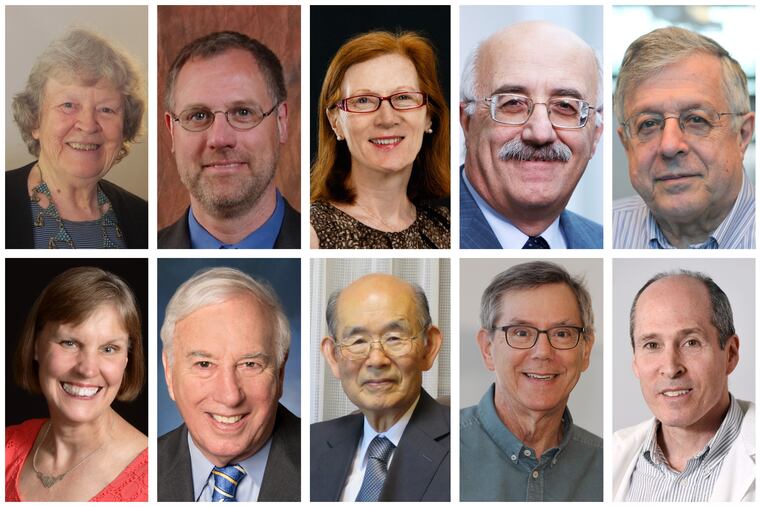Franklin Institute honors pioneers in the study of forest fires, longevity, eyesight
Pioneers in such fields as climate change, mechanical engineering, genetics, chemistry, and computer science will be honored at a black-tie ceremony April 30 in Philadelphia.
